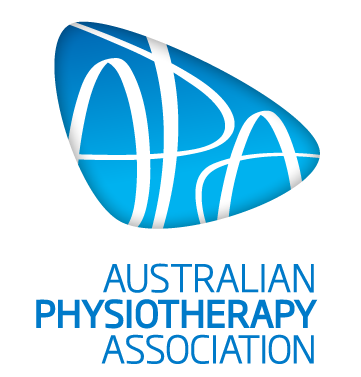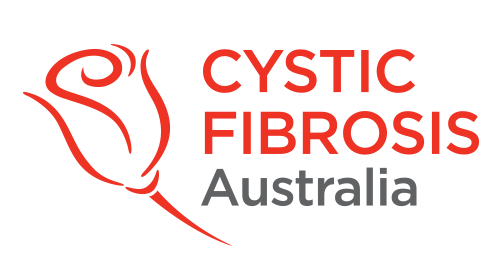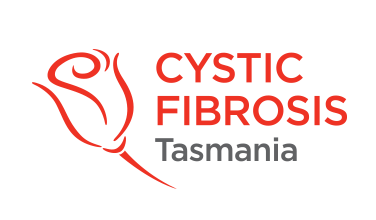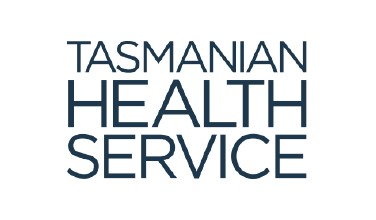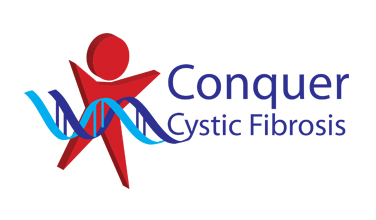Cystic Fibrosis Related Diabetes
As people with CF live a longer life than previously, there has been an increase in other health problems in people with CF. Cystic Fibrosis related diabetes (CFRD) is one of these. Testing for CFRD is suggested from the age of 10 through a yearly oral glucose tolerance test (OGTT).
Exercise can help with control of blood sugar levels (BSL) and your body’s ability to react to insulin. People with CFRD should perform moderate aerobic exercise (so you feel somewhat breathless) for at least 150 minutes per week. During exercise your body uses sugar as fuel for muscles. This can lower BSLs. Therefore, people with CFRD should check their BSLs before, during and after exercise. The decrease in BSL as a response to exercise can last as long as 12-24 hours after the exercise session. To stop this happening, people with CFRD may need to eat extra complex carbohydrates. They should watch their BSLs and work closely with their health team. Patients should be encouraged to have a carbohydrate rich snack with them when exercising.
People with CFRD who change their physical activity levels should closely watch and check their BSLs and talk with their medical teams about their use of insulin.


